Leftovers can be a convenient way to save time and money, but not all meals are meant to be stored or reused. Some foods become unsafe or unappetizing after a night in the fridge, while others can cause health issues if frozen or reheated incorrectly. Understanding which leftovers should go straight to the trash can save you from food poisoning, ruined textures, and wasted effort. Here are 15 foods that are best avoided when it comes to freezing, combining, or storing as leftovers.
Cooked Rice
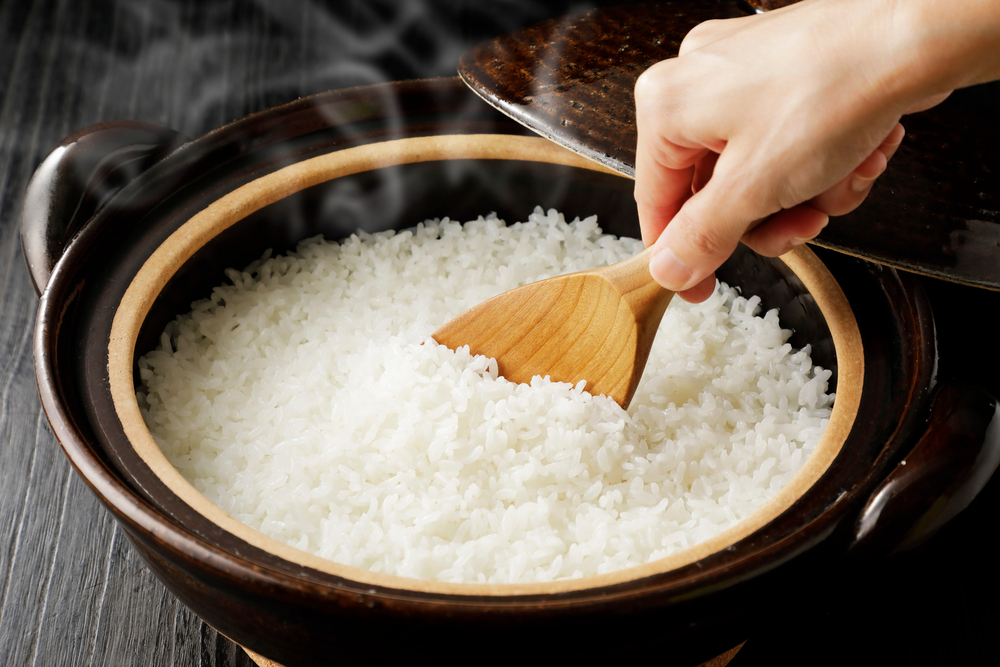
While rice seems harmless, it can be one of the most dangerous leftovers if not handled correctly. Cooked rice can develop bacteria called Bacillus cereus when left at room temperature too long. This bacteria produces toxins that are resistant to heat, meaning reheating it won’t always make it safe. Even when stored in the fridge, rice can go bad quickly, so it should be eaten within a day. Never freeze rice if you aren’t certain it was cooled properly from the start.
Fried or Scrambled Eggs

Eggs are best eaten fresh, especially when they’re scrambled or fried. Once cooked, eggs become rubbery and develop a strange taste after sitting in the fridge. Freezing cooked eggs leads to a grainy, watery texture that is hard to salvage. If the eggs are mixed with other ingredients like dairy or vegetables, the risk of spoilage increases. These leftovers can easily go bad and should be discarded if not eaten right away.
Sushi and Sashimi
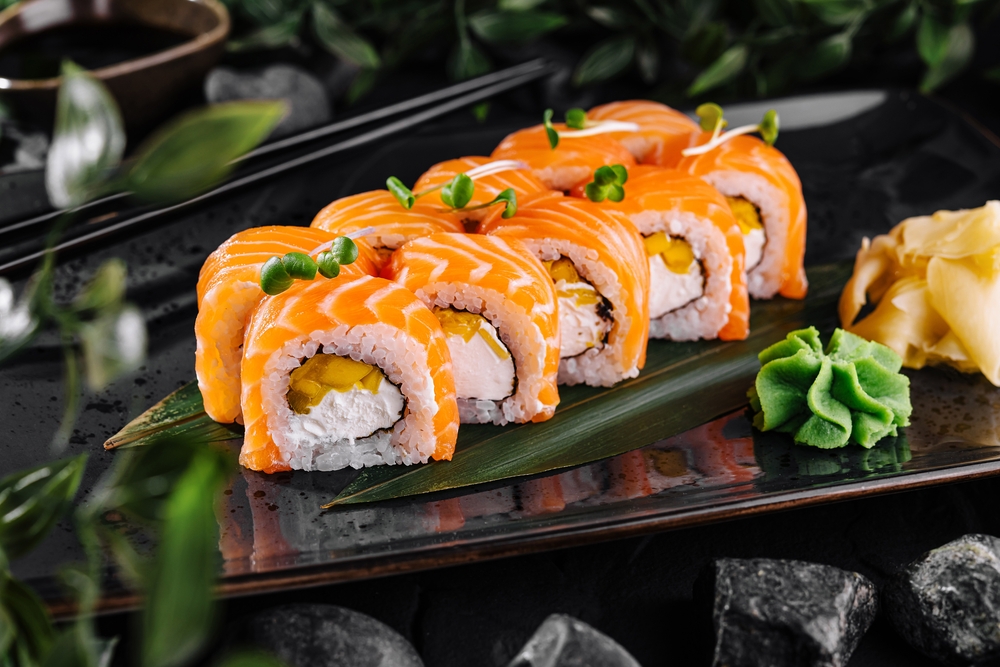
Raw fish, rice, and seaweed make for a delicious meal, but sushi is not designed for saving. After a few hours, raw fish starts to break down and can attract harmful bacteria. Refrigeration slows this process but does not stop it. Freezing sushi also destroys its texture and flavor. If you order sushi, it’s best to eat it all within the same day. Leftovers from a sushi platter should not be trusted beyond that point.
Leafy Green Salads with Dressing
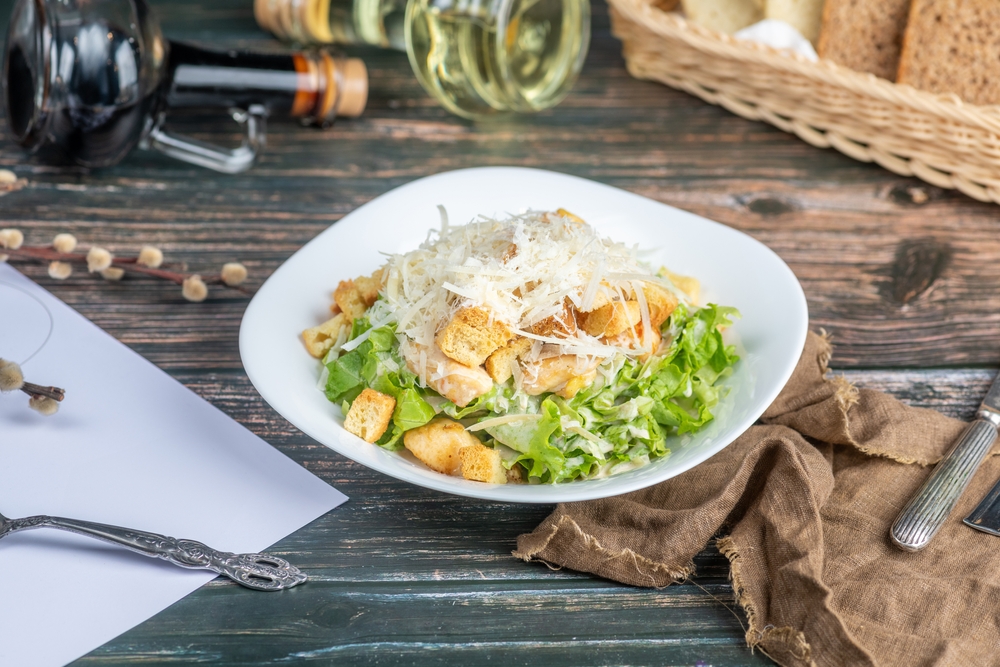
Once leafy greens are tossed with dressing, they begin to wilt almost immediately. The acid in vinaigrette or the creaminess of ranch breaks down the fibers in lettuce, spinach, and arugula. Even after just a few hours, the salad becomes soggy and unappetizing. These leftovers are not worth keeping since they cannot regain their crisp texture. Store undressed salad separately if you plan to keep it for more than a day.
Cream-Based Soups and Sauces
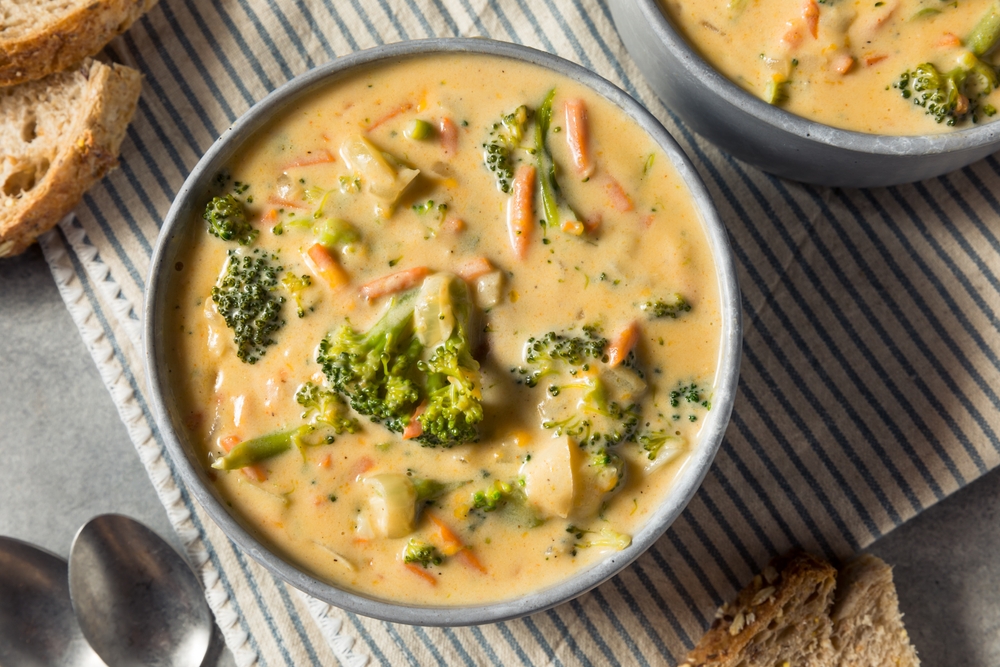
Cream and dairy do not hold up well after freezing. When you try to reheat cream-based soups or sauces, the ingredients often separate into watery and oily layers. This results in a grainy consistency that’s difficult to fix. Some examples include cream of mushroom soup, Alfredo sauce, or chowder. These leftovers not only lose their appeal but can also spoil quickly, especially if dairy is combined with seafood or chicken.
Fried Foods Like French Fries and Fried Chicken
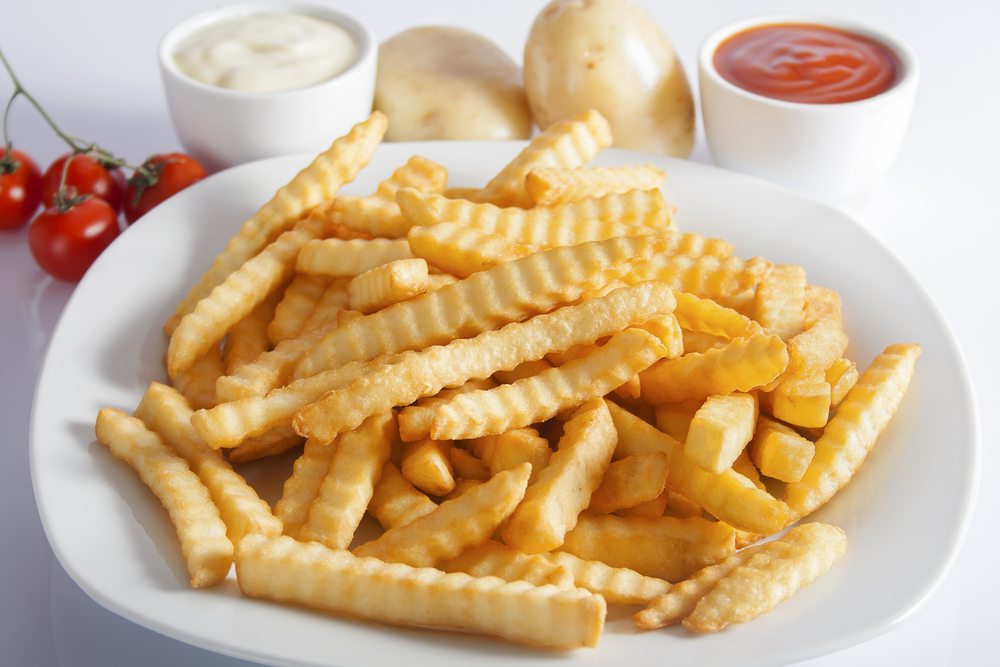
Fried foods depend on their crispy exterior to be enjoyable, but that crispiness disappears after refrigeration. When you reheat fried chicken or fries, they usually turn soggy or rubbery. Freezing only worsens the problem, as the ice crystals break down the crunchy coating. Reheating them in the oven or air fryer can help slightly, but the results are rarely satisfying. These leftovers are usually best eaten within hours of cooking or not saved at all.
Seafood Dishes

Seafood leftovers are risky due to the short shelf life of fish and shellfish. Items like shrimp, crab, mussels, and scallops can spoil within a day, even when refrigerated. Freezing cooked seafood changes its texture, often making it mushy or dry. Seafood also absorbs fridge odors easily and loses its original flavor. If you must save a seafood dish, consume it within 24 hours and never refreeze it after it has been thawed once.
Soft Cheeses in Cooked Dishes
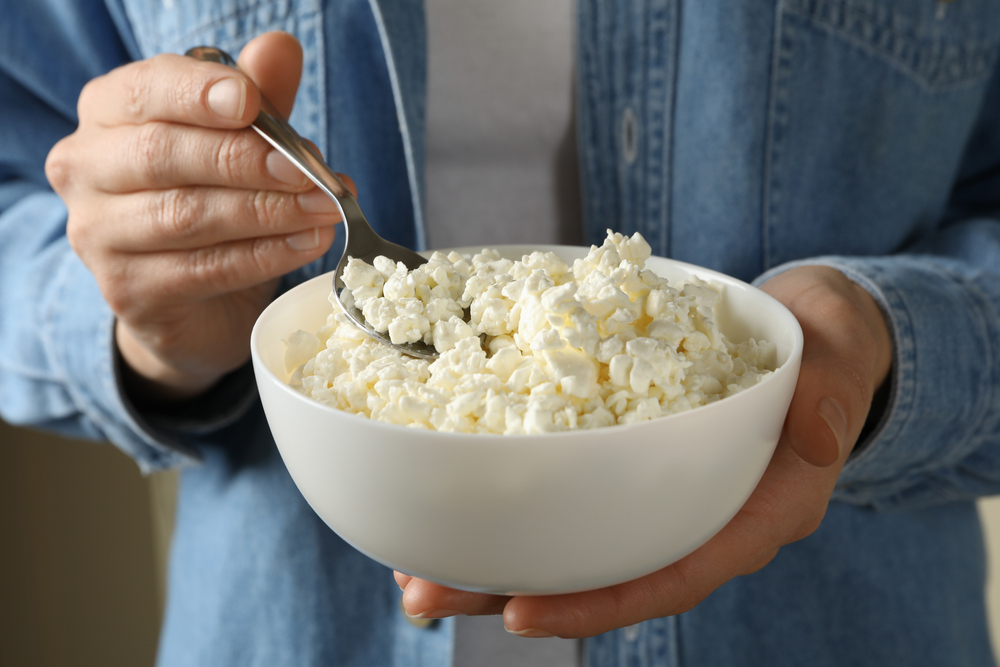
Soft cheeses like brie, cream cheese, and ricotta do not respond well to freezing or reheating. In lasagna or casseroles, these cheeses can become watery and grainy after a night in the fridge. Reheating often leads to uneven textures, with some parts being dry and others gooey. These types of leftovers are particularly unpleasant and can develop sour flavors quickly. Avoid saving dishes where soft cheese is a main ingredient.
Stir-Fry with Sauce

Stir-fried meals with soy-based sauces may seem safe, but they lose their texture fast. The vegetables become limp, and the sauce can soak into rice or noodles until the dish is soggy. Stir-fry often includes a mix of ingredients that degrade at different rates. Leftovers from this type of meal may still be edible, but the quality takes a major hit. For best results, prepare smaller portions so there is nothing to save.
Boiled or Mashed Potatoes
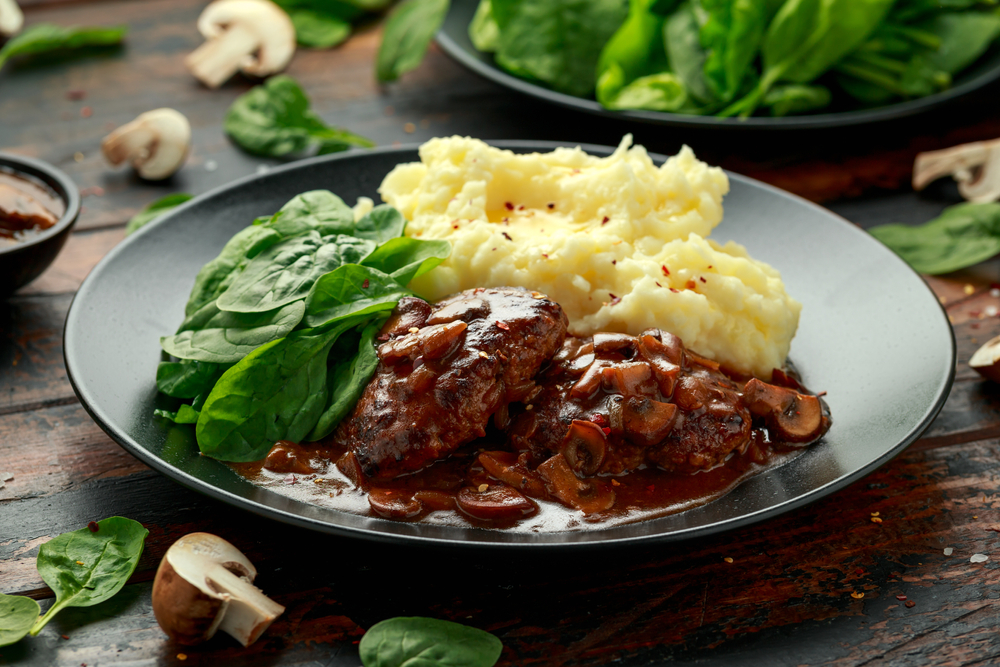
Mashed potatoes tend to become gluey and dry after refrigeration. When frozen, the starch structure changes and leads to a mealy or watery texture upon reheating. Boiled potatoes are also vulnerable to bacterial growth if not cooled properly. These leftovers often absorb flavors from other foods in the fridge and can turn sour quickly. It’s safer and more satisfying to make only what you’ll eat that day.
Dishes with Mayonnaise
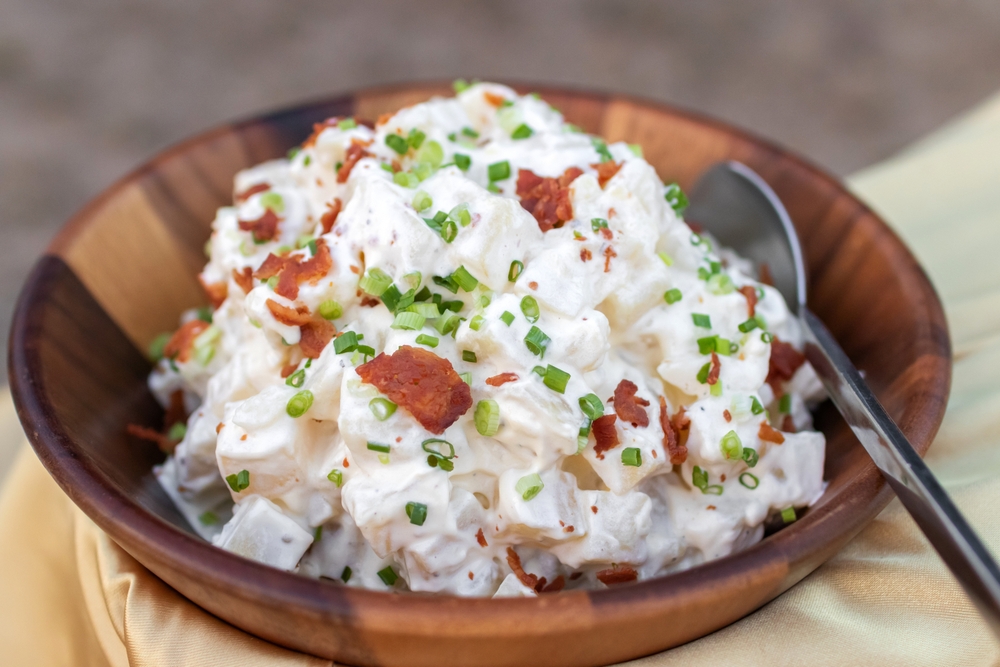
Mayonnaise-based dishes like tuna salad, egg salad, and coleslaw should never be frozen or saved for long. Mayonnaise separates when frozen, resulting in a watery, oily mess. Even in the fridge, these foods have a short window before bacteria can grow. The risk increases if they’ve been left out at a picnic or buffet. These leftovers are among the most common causes of food-related illness and should be discarded after a single day.
Cooked Pasta with Sauce
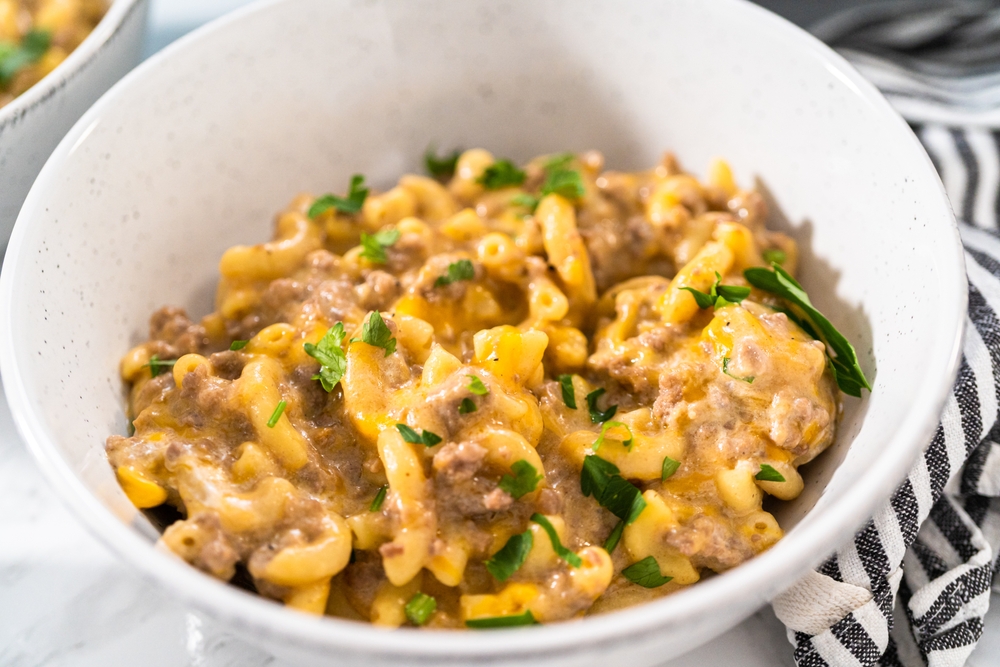
While pasta seems like an easy leftover to store, mixing it with sauce before refrigerating can lead to disappointing results. The noodles soak up the sauce, turning the dish into a mushy clump. Freezing makes the pasta break down further, creating an unpleasant texture. If you plan to save pasta, keep the sauce and noodles separate to preserve flavor and texture. Otherwise, these leftovers may end up wasted.
Gravy or Meat Juices
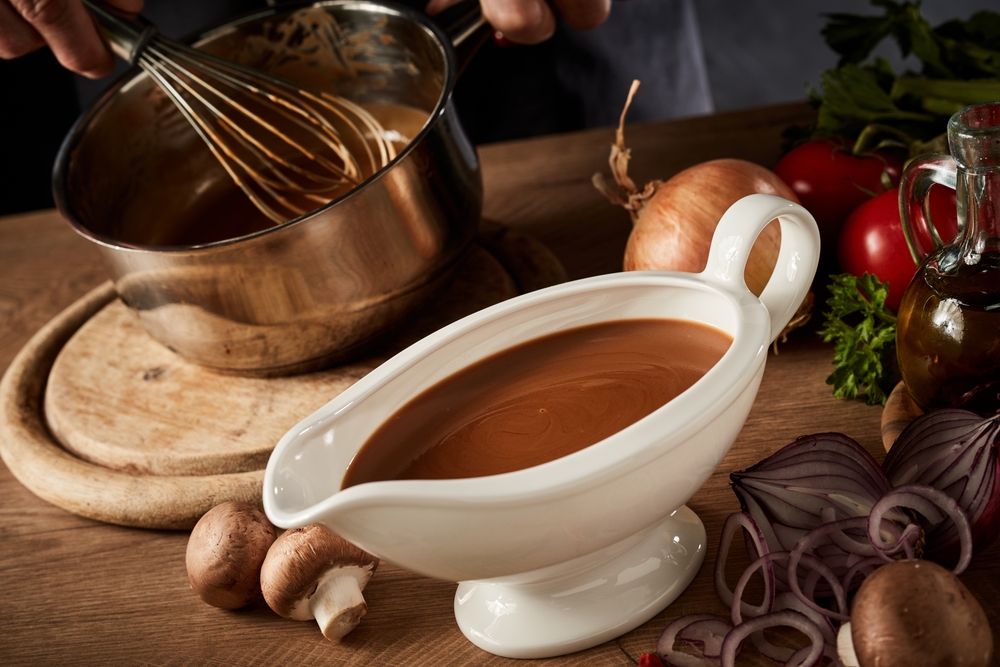
Gravy made from meat drippings is high in fat and prone to separation when cooled. It forms a greasy layer and becomes clumpy when reheated. Storing meat juices also raises the risk of contamination if not refrigerated quickly and properly. These leftovers do not freeze well and often end up with an odd texture and taste. It’s safer to make only the amount you need or freeze the meat without the sauce.
Deli Meats After a Few Days
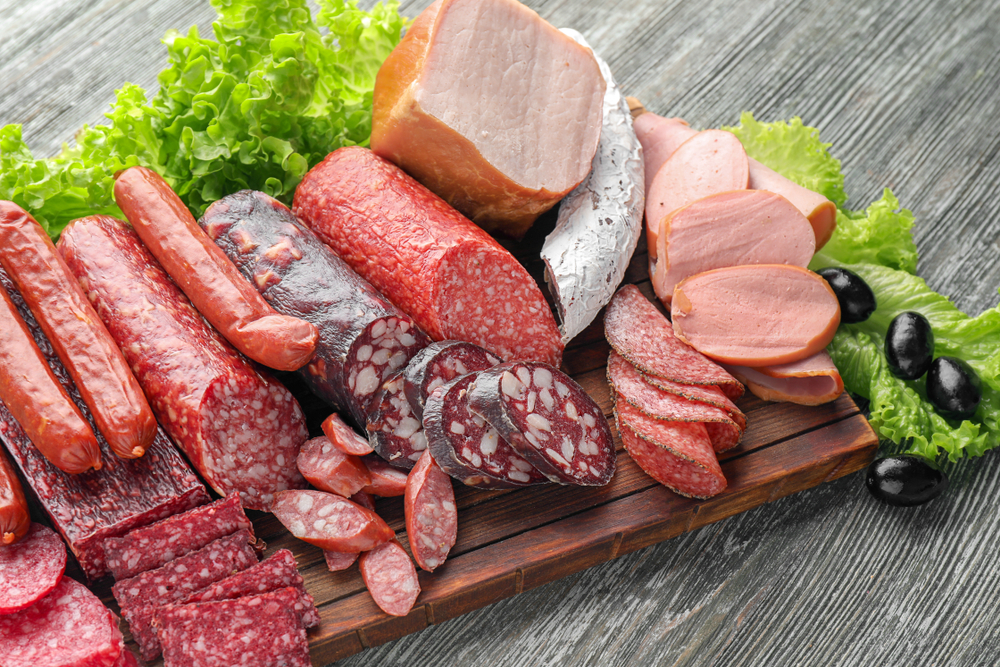
Deli meats can seem safe, but once the package is opened, they deteriorate quickly. Bacteria such as Listeria can grow even in the refrigerator. If used in sandwiches or wraps, these meats should be consumed within a day or two. Freezing deli meats leads to changes in texture, turning them rubbery or dry. Leftovers involving deli slices should be handled with caution and tossed after three days at most.
Mixed Buffet Items
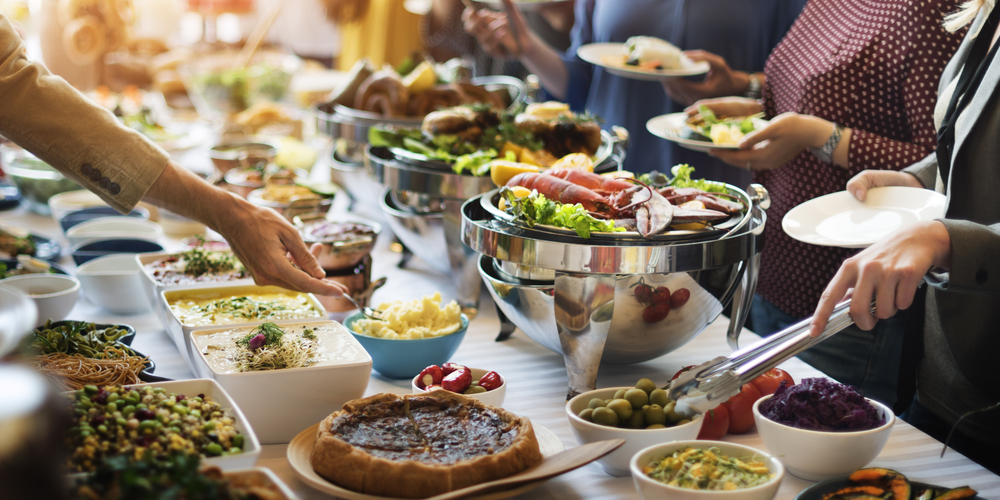
Buffet meals often combine various hot and cold foods, some of which are left sitting out for hours. By the time they make it home as leftovers, bacteria may already be growing. Mixing meats, sauces, and sides creates unpredictable storage conditions. These leftovers are especially risky because it’s hard to tell what was left out too long. Unless you are absolutely sure the food was stored safely, it’s better not to save buffet combinations.
Thoughts on Leftovers
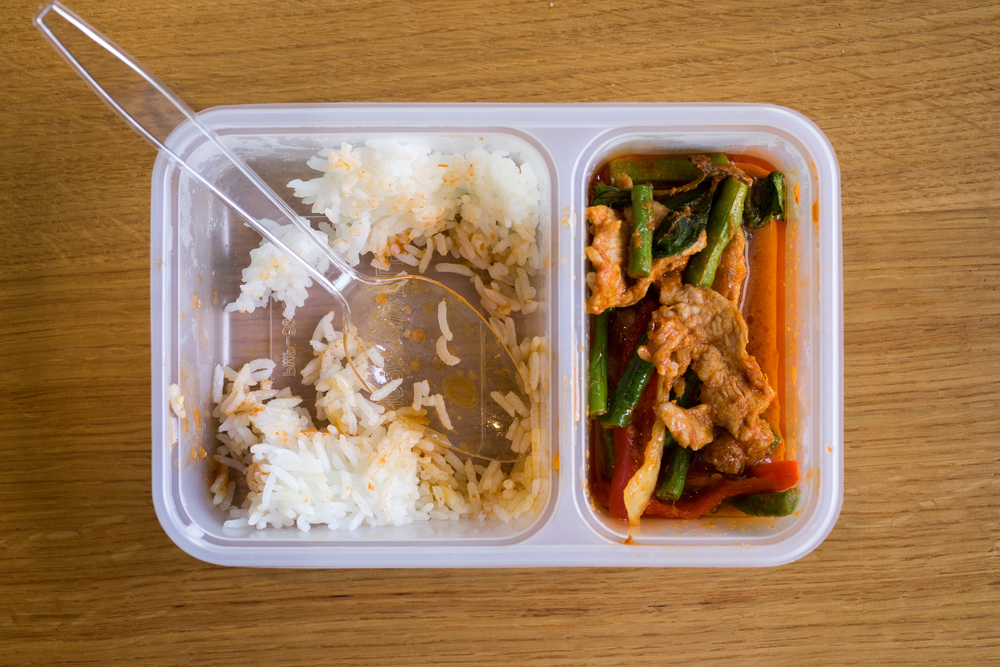
Leftovers can be convenient, but they are not always worth the risk. Certain foods spoil quickly, lose texture, or grow harmful bacteria when stored or reheated. By knowing which items are unsafe to save, freeze, or combine, you protect your health and avoid wasting time on meals that won’t taste right. Whether it’s soggy fries or unsafe sushi, some leftovers are better left uneaten. Being selective about what you keep in your fridge will make your meals safer, fresher, and far more enjoyable.
Read More: 15 Foods Found in Every Middle Class Home in the 1950s
Disclaimer: This article was created with AI assistance and edited by a human for accuracy and clarity.
